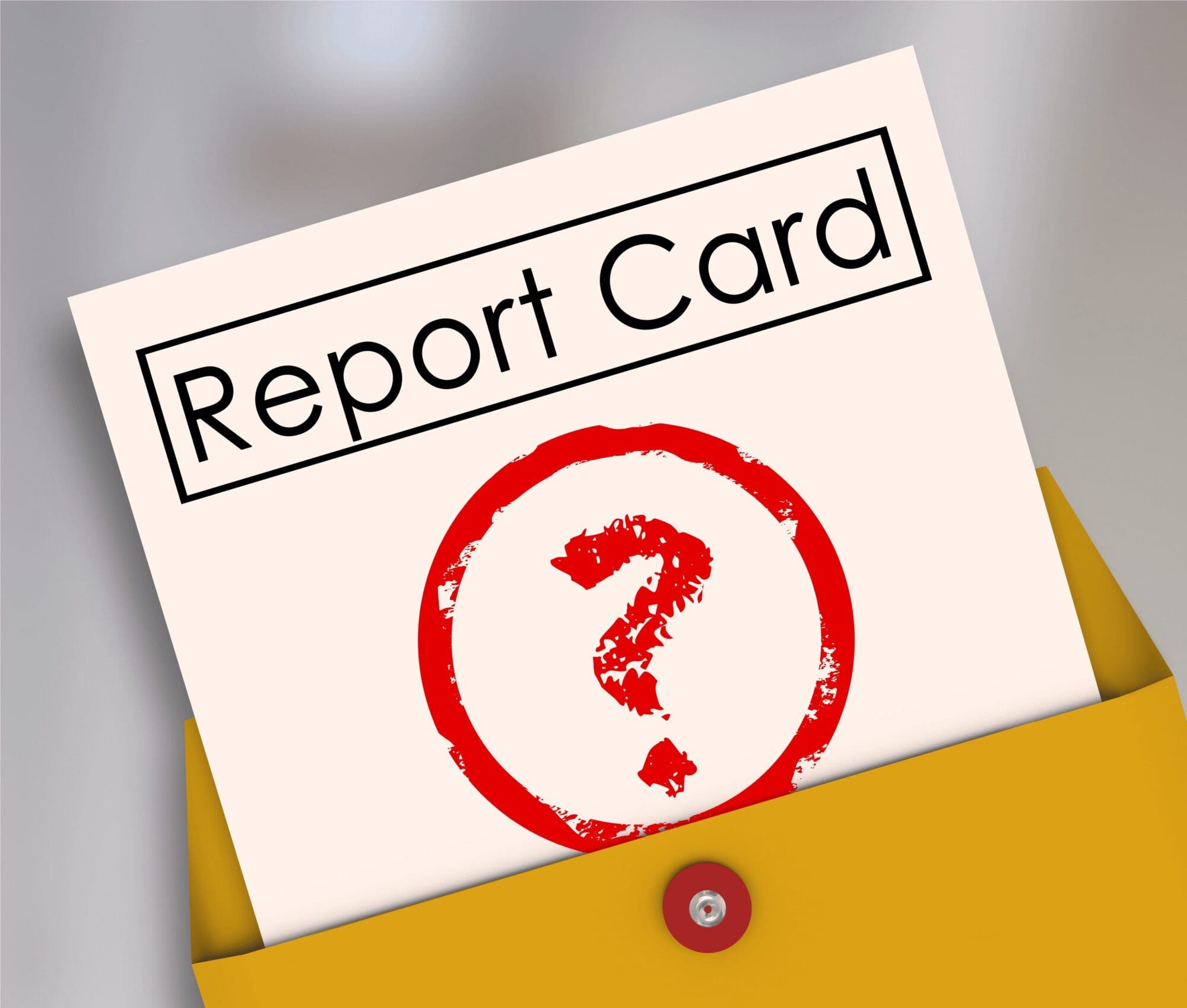A report released last week by Comptroller Susan Combs details a startling trend among school districts to take on debt – with little to show for it. And despite what the big spenders in Austin and our public educations system may have you believe, this pattern started long before any supposed “cuts” last session, or “reform” to the business tax in 2006.
One-third of all local government debt in Texas is now held by school districts. That’s more than all cities in Texas. They almost hold more debt than community and junior colleges, health/hospital districts, counties, water districts, and other special purpose districts combined!
School districts’ debt payments now amount to 9.8% of their total expenditures, up from 7% in 2001. According to the Comptroller, that’s the fastest-rising spending category in our public education system in the last decade!
That’s a scary thought for taxpayers, given that interest on 25-30 year bond packages are typically as much as the principal itself – and an even scarier thought for our children who will be left paying off the majority of that debt.
Naturally, the big-spenders in Austin and elsewhere in our public education system point fingers at the Legislature for this problem, blaming reforms to the business tax in 2006 that promised more revenue to school districts from the state’s coffers, as well as the supposed “cuts” in public education funding in 2011.
But doing so ignores the same spending habit that has taken place in years prior.
Since 2001 (five years before any major reform to public education funding), student enrollment has risen only 21%. Inflation over that same time period rose 26.5%.
Yet, total debt among the state’s school districts rose a whopping 155.2%!
But those brand-new high-tech buildings and facilities are producing better student outcomes, right? Not really.
Neither are all those extra administrators or support staff school districts have hired in the past few decades.
The Friedman Foundation reported last week that from 1992 to 2009, Texas student’ enrollment increased 37% and the number of teachers at 50%. Yet the number of “administrators and other staff” grew 172%!
More administrators, more debt, and a priority of spending over teaching gets you a public education system like the one we have now.
Texas can have a world-class public education system, one that puts students first, and one that doesn’t burden future taxpayers with out-of-control debt.
But to do so means instituting a completely new mindset over how our taxpayer dollars are spent in the system. Eliminating needless unfunded mandates on school districts, and implementing policies that allow parents to choose a school best suited for their children’s needs would be a great start.





